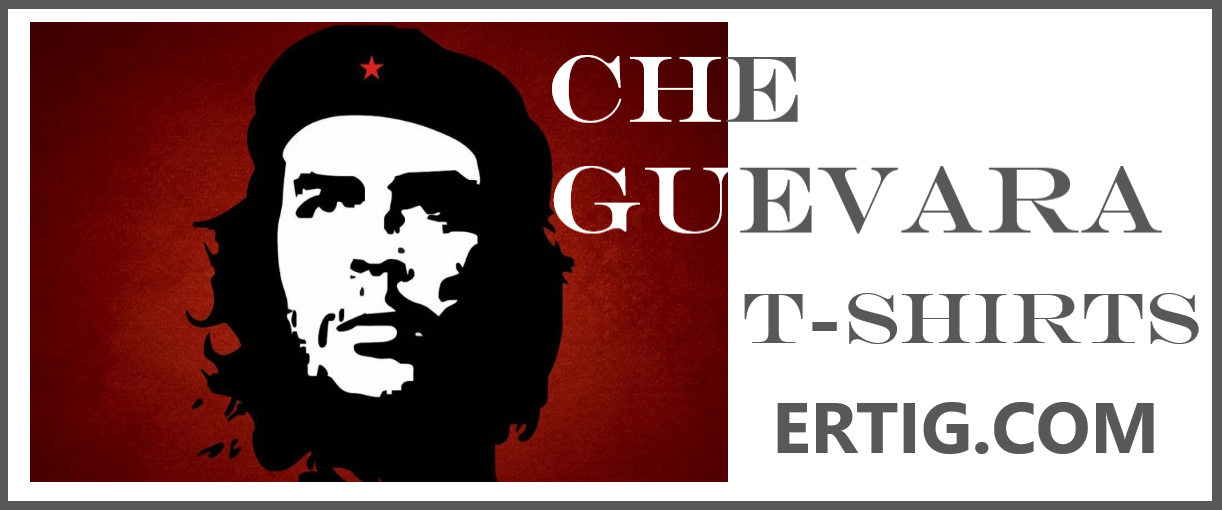INSUBCONTINENT EXCLUSIVE:
Russias industrial sector, fueled by the defense sector, grew by 1.6% in May and 1.8% over the last year after accounting for seasonal
elements, state statistics service Rosstat has reported.The outcomes come as civilian markets have reported extensive contractions, leading
experts to caution that Russias economy has actually become disproportionately driven by the military-industrial complex in the fourth year
of its intrusion of Ukraine.Tverdye Tsifr (Hard Numbers), a Telegram channel that reports on financial data, kept in mind a 42% surge in the
output of miscellaneous transportation devices and a 14% increase in completed metal products over the last month, compensating for weaker
efficiency in March and April.Clothing production increased by 12%, and production of electronic and optical products, computers and
pharmaceuticals rose by 9%
Experts at Raiffeisenbank estimated that the machinery-building sector broadened by 7%, while all the other parts of the industrial sector
contracted by a combined 0.4%
Analysts from Russias largest personal bank Alfa-Bank explained the May results as evidence of an extremely segmented economy.Previously,
when civilian development was weak and defense growth was robust, all sectors expanded to some degree, wrote MMI, a Telegram channel that
evaluates Russian and worldwide microstatistics, of the new divergence between military and civilian industry.Now, all civilian industries
have actually recorded declines, while defense output has accelerated
There are not enough resources to go around for everybody, so somebody needs to cut down, it said.Analysts from Promsvyazbank noted a third
consecutive month of decreasing commercial prices.Rosstat reported that the producer cost index for commercial goods shrank by 1.3% in May
and by 2.8% since the start of the year.A continual decline in commercial costs, Promsvyazbank alerted, indicates the genuine economys
lessened durability to high interest rates.Tverdye Tsifr positioned the seasonally adjusted drop in vehicle production for May at 4%, wood
products at 3% and rubber and plastics at 2%
For the year, Rosstat data revealed a 13.7% reduction in the production of cars and trailers, a 3.2% decline in furniture output, clothes
down by 2.3% and output of rubber and plastics and wood products falling by 3.4% and 1.9%, respectively.Production of leather goods stopped
by 16.9%, while food and beverage output decreased by 0.9% and 3.3%
According to the government-affiliated CMACP analytical center, industrial growth has been mostly focused in the defense sector, with
civilian markets remaining stagnant since mid-2023
Deputy Prime Minister for Agriculture Dmitry Patrushev associated this to increased working capital costs arising from the present crucial
interest rate.Raffaisenbank likewise argued that industrial output is constrained by the Central Banks 20% interest rate.The strong ruble
and the Central Banks rate of interest [are factors] making credit resources more expensive for business, consequently cooling financial
activity and decreasing domestic demand, the bank wrote in a Telegram post.

